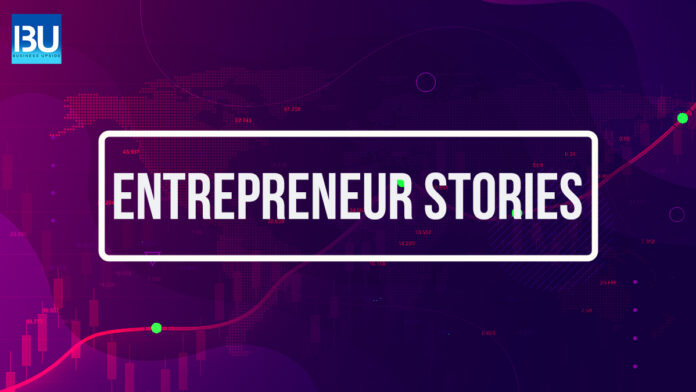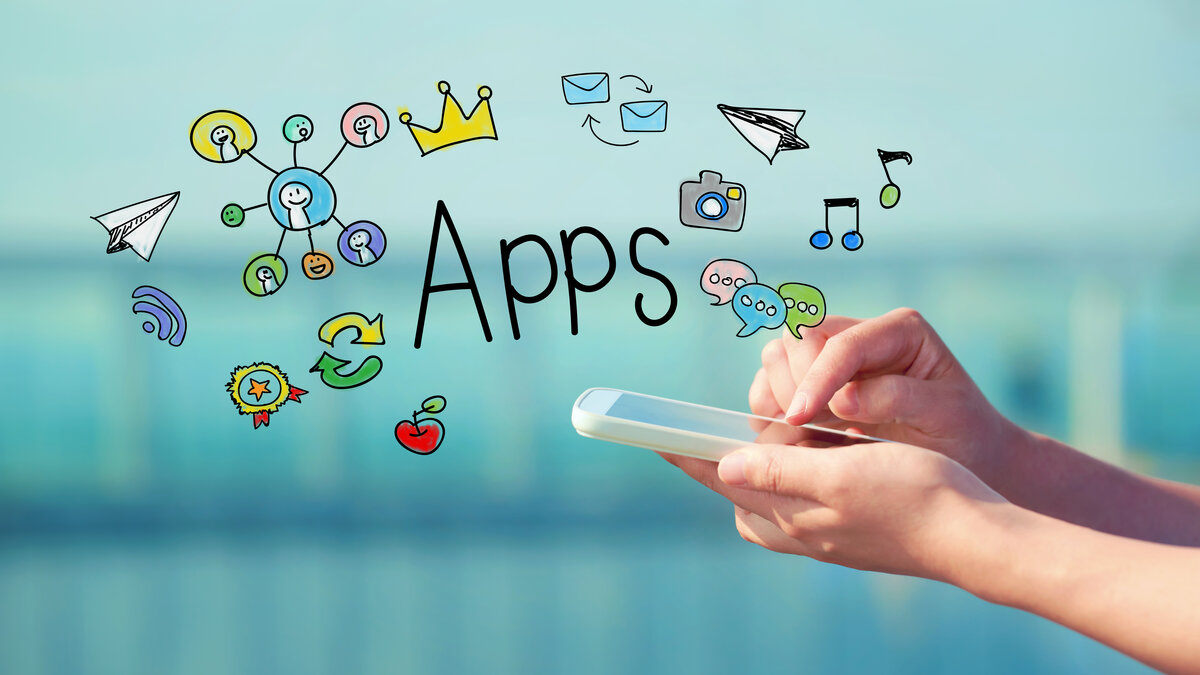Entrepreneur Reid Hoffman started LinkedIn in 2002. This small company started with its headquarter in Mountain View, California. Unlike other social media platforms that were purely recreational, such as Facebook, this company had a business-oriented professional approach.
Though it was also a social networking site, it emphasized the users’ professional connections.
Users could create profile pages similar to their resumes. Still, the emphasis was more on highlighting one’s skills and getting connected with other users. LinkedIn allowed the user to further their career by searching for their jobs or bringing recommendations from other influential users. LinkedIn is a free membership platform, though it offers premium paid service where users have better search options and profile viewing.
The start-up story and its key milestones
Co-founder Reid Hoffman’s journey into start-ups commenced when he was studying in Oxford in the early nineties. He thought of starting a software company and approached Venture Capitalists for seed capital but instead got rejected. So, he got jobs at Apple and later at Fujitsu, where he worked till 1997, and finally quitting to start a business. In between, he served various stints at SocialNet and PayPal, an electronic money transmission service.
Reid was instrumental in clawing back PayPal from scratch as COO. He was an expert in managing relationships in a highly external environment. In 2002, PayPal was sold to eBay for $1.50 billion. At that time, Reid was the executive Vice president. It was time to move, and Reid’s serial entrepreneur skills were on display. He launched one more start-up LinkedIn with Product designer Allen Blue, Marketing Professional Konstantin Guericke, and engineers Eric Ly and Jean-Luc Vaillant as co-founders.
The LinkedIn website came up in 2003. Initially, the response was tepid and slow growth. In November 2003, LinkedIn received its first Series A funding of $4.70 million from Venture Capital firmSequoia Capital. In 2005, revenue started generating when job postings, prospective employee searches, and subscriptions were rolled out. LinkedIn also allowed Companies to advertise on their site. By 2007 LinkedIn became profitable with 15+million members.
The unicorn in the making
LinkedIn continued to grow during the new social networking craze brought about by Facebook and others. The network effect was powerful and free. Recruitments for job openings via online portals became the new trend. LinkedIn cashed on its professional platform to grow further. It had become one of the ten top websites in the world. By 2011 its membership crossed 100 million members globally. In the same year, LinkedIn went public with its initial public offering raised $353 million.
In 2016, global IT giant Microsoft acquired LinkedIn reportedly for $26 billion in an all-cash deal. The following year after the acquisition, LinkedIn reported 500+ million members in about 200 countries. Currently, it has 740+ million members in over 200 countries and around 55 million registered companies on its platform.
The strategy behind LinkedIn’s success
What started as a small setup in the social networking platform and that too non-recreational went on to become the most sought-after platform for working professionals. It started with just two marketing personnel and nil promotional spending. Yet, it became the world’s most popular business networking platform. The main reason for this success was excellent references and some innovative strategies.
The founders’ smart decision to focus on getting professionals who were industry leaders and well known and sought after was a success. They already knew that these well sought-after senior professionals would bring a large following with them to the LinkedIn platform by choosing to recruit them. They also focussed on geographies which they knew well. They started in the San Francisco Bay area, which was well known as the Silicon Valley and had plenty of entrepreneurs and jobs.
Another move by the founders was to bring entrepreneurs and venture capitalists on the same platform. While entrepreneurs provided job opportunities to professionals, they required capital for growth. Venture capital firms came on the platform. The synergy of having all three stakeholders on the same platform was a well-crafted strategy. Within the first six months of its launch, the LinkedIn site had 8% of users bringing in the other 92% on board.
LinkedIn revenue statistics
LinkedIn’s unique user services ensured that users were willing to pay, unlike other social media platforms which rely on advertisements. They have four different pricing plans for its members. Nearly 40 % of LinkedIn users have opted for their premium services, giving them access to InMail’s, videos and profile view statistics, etc.
Continuous Innovation
After the takeover by Microsoft, LinkedIn introduced several new features such as Showcase pages and calendar chatbot. The showcase pages allowed businesses to highlight their business and initiatives. LinkedIn also introduced messaging, which allowed users to send emails in the form of chats. Other features included
- Swipe up links to LinkedIn Stories, giving more visibility to user’s content.
- Allow potential candidates or employers to know their current status.
- Allow users to share content such as articles, which can be posted on the profile or LinkedIn Pulse, links to the website, slideshows, and video.
Impressive Statistics
LinkedIn is an excellent platform for lead generations. Marketers also find the LinkedIn site as a credible source of content.
LinkedIn drives nearly 46 % of the B2B site’s social traffic. Almost 98% of marketers use it for content marketing and generating leads.
With technology continuously evolving, LinkedIn’s longevity as a tech company is praiseworthy. It continues to dominate with its presence in social media. It has seen a 25% increase year on year of its viewing sessions, with 358 billion feed annually. Today only 3 million out of its 740 million users share content weekly, leaving a huge growth potential.
Though Facebook is the largest social networking platform today, LinkedIn has been supporting its users looking to network and develop business connections. In the last decade, google search for the term “LinkedIn” has increased more than 60%.
Conclusion
Presently LinkedIn is headquartered in Sunnyvale, California. The organization has a presence in over 200 countries with 33 global offices and 20000+ employees in the organization. The company, which took four years to get profitable in 2006, has grown exponentially, with its revenue touching $8.05 billion in 2020. LinkedIn stats projects that it will continue to dominate the social media scene. With 3 million users per month with 9 billion impressions, it looks like video will be the next megatrend on this platform.





















